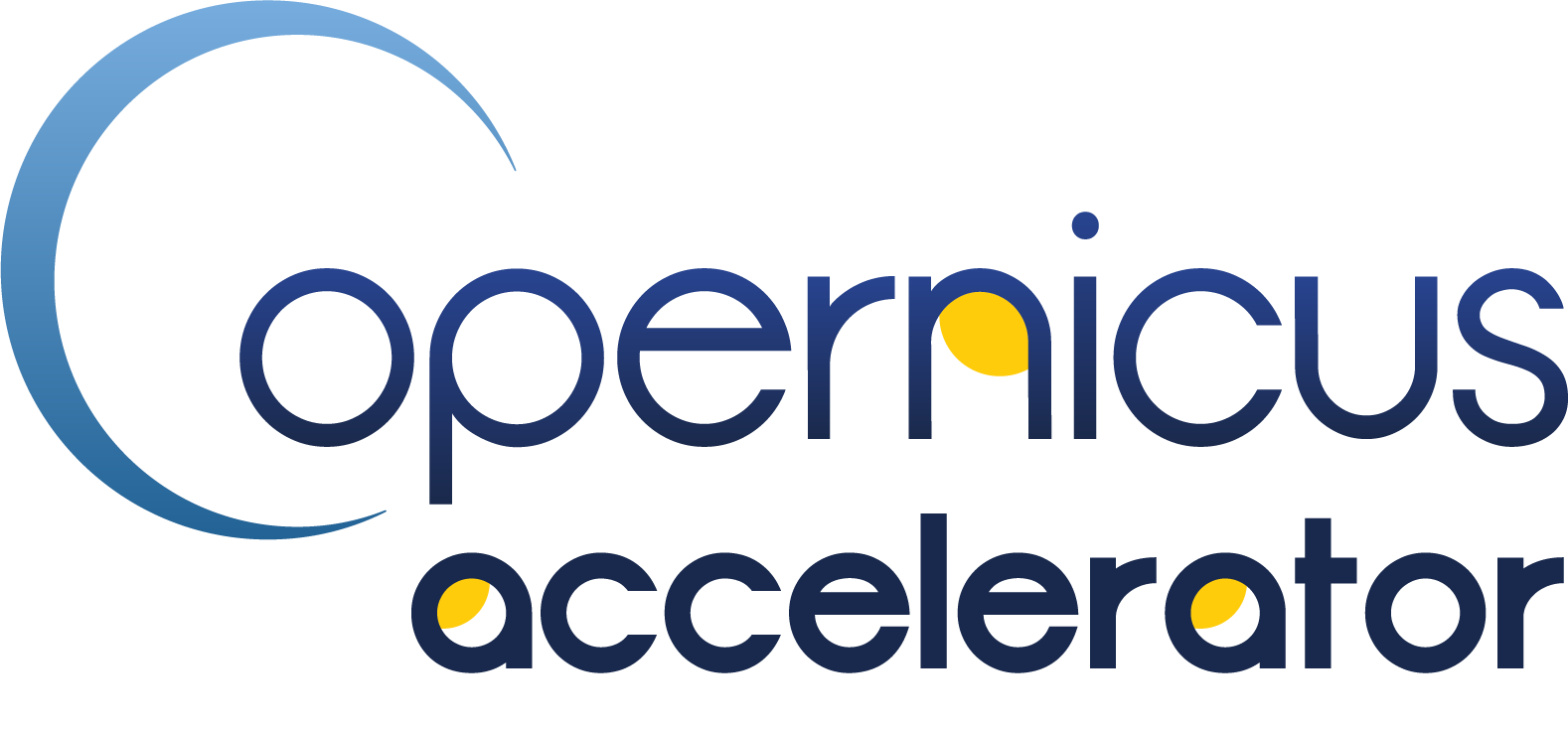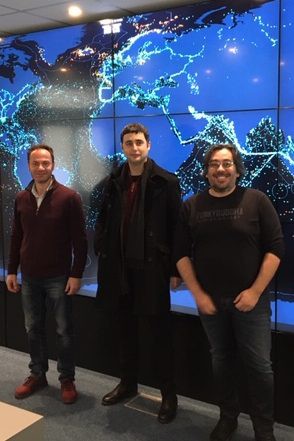
SatShipAI – Enhancing Maritime Surveillance with Satellite Imaging and AI
Start-up of the Month: SatShipAI
March 2019
![]()


SatShipAI is an innovative product under development by Nodalpoint Systems. It aims to fill a gap in existing maritime surveillance capabilities by providing ship detection, type classification, and size estimation based on satellite imaging. This gap stems from the fact that the Automatic Identification System (AIS) mainly used for maritime surveillance is a co-operative system: rogue actors can always switch off their AIS signal or even spoof it, hence becoming “dark” vessels.
There are several cases where a tighter maritime surveillance would be desirable: illegal fishing, smuggling, piracy, and pollution are the first things that come to mind, along with vessels that violate international sanctions and embargoes. SatShipAI has started working with the open and publicly available Sentinel-1 data and aims to expand soon to other open and commercial sensors.

Screenshot, © SatShipAI
Sentinel-1 data is available day and night in all types of weather, which makes it a natural starting point for such an enterprise. At least until very recently, one might have argued that Sentinel-1 data lacks the necessary resolution for tasks like ship type classification. With the recent advent of powerful machine learning and AI algorithms, however, this is now indeed possible with very high accuracy.
 The SatShipAI team are seasoned and experienced machine-learning practitioners. They all have Competition Master status at Kaggle, the predictive analytics contest start-up that is now part of Google Cloud. In fact, the idea for SatShipAI arose from the team’s participation in a Kaggle contest for discriminating between ships and icebergs in Sentinel-1 imaging of the north Atlantic. While the current cohort of the Copernicus Accelerator formally commenced in December 2018, the team pitched the idea to the BlueGrowth Incubator in Piraeus, Greece, where it was also accepted. In addition, they were informed just last week that NVIDIA has accepted SatShipAI into Inception, its own accelerator for dedicated and exceptional start-ups that are revolutionizing industries with advances in AI and data science. “We never imagined that we would end up in not one, but three accelerators relevant to our product,” the team members say. “We are very happy about this confidence, but the responsibility to deliver now weighs heavier.”
The SatShipAI team are seasoned and experienced machine-learning practitioners. They all have Competition Master status at Kaggle, the predictive analytics contest start-up that is now part of Google Cloud. In fact, the idea for SatShipAI arose from the team’s participation in a Kaggle contest for discriminating between ships and icebergs in Sentinel-1 imaging of the north Atlantic. While the current cohort of the Copernicus Accelerator formally commenced in December 2018, the team pitched the idea to the BlueGrowth Incubator in Piraeus, Greece, where it was also accepted. In addition, they were informed just last week that NVIDIA has accepted SatShipAI into Inception, its own accelerator for dedicated and exceptional start-ups that are revolutionizing industries with advances in AI and data science. “We never imagined that we would end up in not one, but three accelerators relevant to our product,” the team members say. “We are very happy about this confidence, but the responsibility to deliver now weighs heavier.”
Regardless of the commercial EO sensors that exist now or will in the near future, the team believe that there will always be room for Sentinel data in such applications. “You just cannot beat the systematic and wide-area coverage of the Sentinels, let alone their free availability,” they say. ”The real challenge will be in coming up with efficient processes for the intelligent fusion of data among sensors both open and commercial in nature, which is precisely what we hope to achieve.
You can find the latest news on the SatShipAI website, follow the project on Twitter, or get to know the team at Kaggle.

